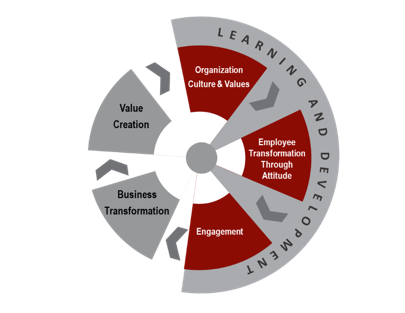A Strategic Perspective to Talent Development
T op executives across hotel companies are entrusted with the task of transforming their respective businesses and, in the process, creating value for their organizations. It is for this very reason one finds them churning through an ocean of performance indices such as ARR, RevPAR, Daily Revenues, Operating Costs, GOP, and so on. Unarguably, in modern-day hoteliering, these numbers determine not only the success of the organization but also of those at the helm of affairs.
Ever wondered how a firm’s talent strategy affects these key performance indices? Human capital is perhaps one of the most crucial resources available to top executives to help them achieve the desired outcome. People change the face of a business for better or worse, depending on numerous factors that include supply, quality and utilization of talent. In this context, the 35% attrition rate in the hotel industry in India points towards a major challenge.
A simple google search reveals interesting data on the supply of talent flowing out of hotel management colleges in India. The National Council for Hotel Management and Catering Technology (NCHMCT) lists 54 colleges in the country that offer a hotel management degree: Central Government Colleges (21), State Government Colleges (19), Public Sector Undertaking Colleges (1), and Private Colleges (13). These together offer 8,882 seats; in other words, educate 8,882 students annually. While seats of colleges outside the NCHMCT list, when added, will improve this number, one cannot help but question whether it is enough, especially since not all students eventually become part of the hotel industry. The inadequacy of talent supply can be better understood when one compares the number of students expected to graduate from these colleges against the expected rise in room supply in India. From our research, we expect around 30,000 rooms to open over the next five years, growing the existing supply to nearly 150,000. Clearly, there is a huge mismatch in the demand and supply of talent.
Moreover, there is another glaring gap: the quality of talent being supplied by educational institutes has consistently fallen short of what hotels require. This is creating added pressure, making it increasingly difficult for top executives, especially of smaller hotel companies, to get the support they need to transform their businesses and create more economic value.
So, how are we solving this problem, especially considering that it lies outside our direct area of control? Most organizations believe they are handling this challenge well, with elaborate training budgets and expenditures, along with employee development initiatives such as management training programs and supervisory development programs. These efforts cannot be discounted; however, the effectiveness of such programs may be highly questionable when their outcomes are compared against the key performance indices they were was supposed to affect.
To quote Robert S. Kaplan, “Consistent alignment of capabilities and internal processes with the customer value proposition is the core of any strategy execution.” It is for this very reason that we must stop to re-evaluate our approach. To improve the economic value of our businesses, we must first try and identify what value means to all stakeholders. Creating a culture of learning and development not only enables employee retention, but also serves as a tool to help achieve success on key performance metrics such as cost, revenue, profitability and guest satisfaction. Having said that, learning and development cannot and should not be viewed as a means of simply keeping employees happy and engaged; instead, it must be aligned to these key metrics to understand whether initiatives are bearing the results that we hope to achieve. In other words, talent development is not a subset of offbeat training, but is a carefully orchestrated strategy focused on achieving specific goals.
In the course of our work, which involves interacting with organizations across several industries such as hotels, airlines, entertainment, retail and healthcare, we have realized that strong learning and development initiatives must be strategic in nature. That is, they must have a wholesome approach to aid business transformation. Hotelivate Professional Skills Development’s Value Creation wheel illustrates the steps that must be taken by organizations, to see tangible results of the employee learning and development efforts undertaken.

In order to better understand the Value Creation wheel, let us delve into the subject of career development programs, a tool that has served both large and small organizations well for a long time now. It is usually used to fill the vacuum of talent that exists at some of the higher levels in the organizational hierarchy. A good/effective career development program communicates value to the employees in the form of new opportunities, influencing their attitude and behavior towards self-development, which in turn would benefit the organization through dedicated and motivated employees.
However, learning and development programs/tools – including career development programs – must be looked at from a strategic perspective and not just a superficial perspective of employee happiness as mentioned earlier. Just as the growth of a hotel is measured through metrics (such as improving profits, increasing RevPAR and improving market shares), a hotel company, or an organization, must evaluate the success of its talent management strategy (learning and development strategy) by measuring against pre-defined goals.
In the case of the career development program, the time, effort and money invested in enabling a team member to develop and grow within the company must be linked to desired outcomes or the value proposition defined by the organization. The perceived value for the organization may be defined in terms of improved talent retention, reduction in hiring costs and reduction in higher salary payouts (usually when candidates are poached, they are enticed by being offered higher salaries). They may also include minimizing the settling period of a new employee: typically, it takes 6-12 months to properly settle in and adjust to the culture of an organization; it is only in the second year that he/she actually starts performing on the job and delivering results.
To conclude, it is imperative that the senior leadership entrusted with the tasks of creating value for the organization ask/answer some key questions: Have I created value for the organization in terms of key performance indicators through my talent management strategy? What is my talent management strategy? How should this strategy affect my key performance indicators? Do my current talent solutions take into consideration current or forecasted trends? It is only when these questions have been answered that the organization can embark upon transforming its business through meaningful engagements.


Faced by this very real issue of short supply and also short on quality, he who invests in training and development is the winner. At the end of the day what matters is customer service and satisfaction. The talent output can hardly be quantified for quantity and quality but self audits and close mentoring will bridge the gap. I do not suggest that the slak be picked up with deployment of additional resources but by building up the talent by training and mentoring all the way.
A very profound study and views which needs addressal by all in the industry…..
Thanks for highlighting this. In the organized sector, there is a genuine skills gap and the real area of opportunity is to create a pipeline though offering internships to a broad base of candidates from diverse talent pools – not limiting oneself to Hotel schools. There is still work to be done to promote hospitality as a career option.
Great insights on the talent development issues that the industry faces today. Thanks Saif for sharing.